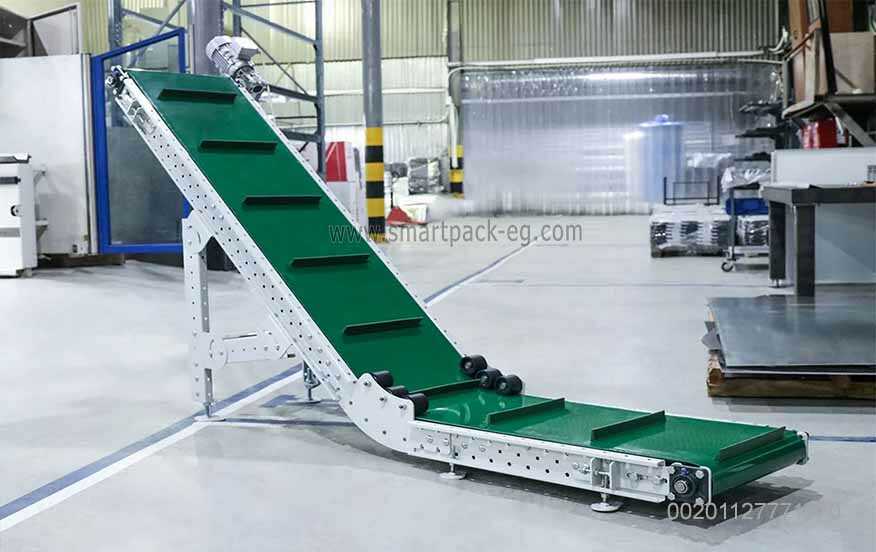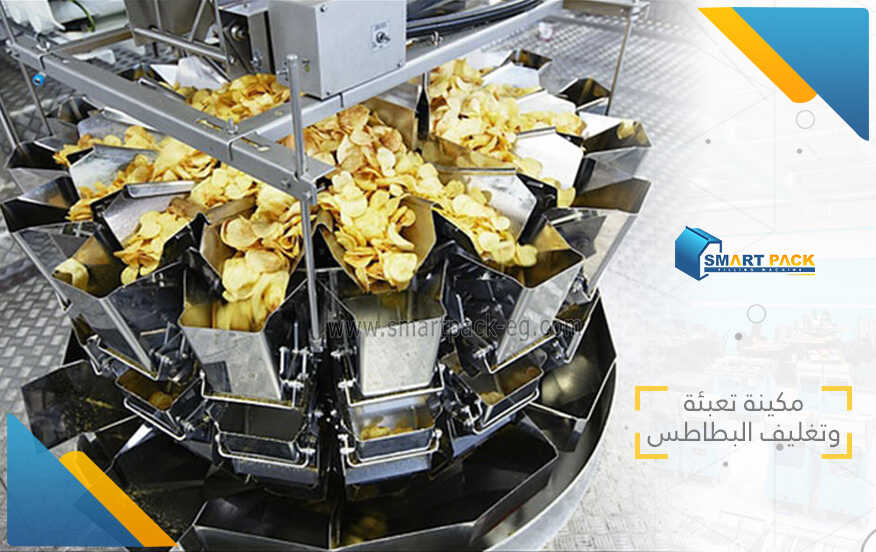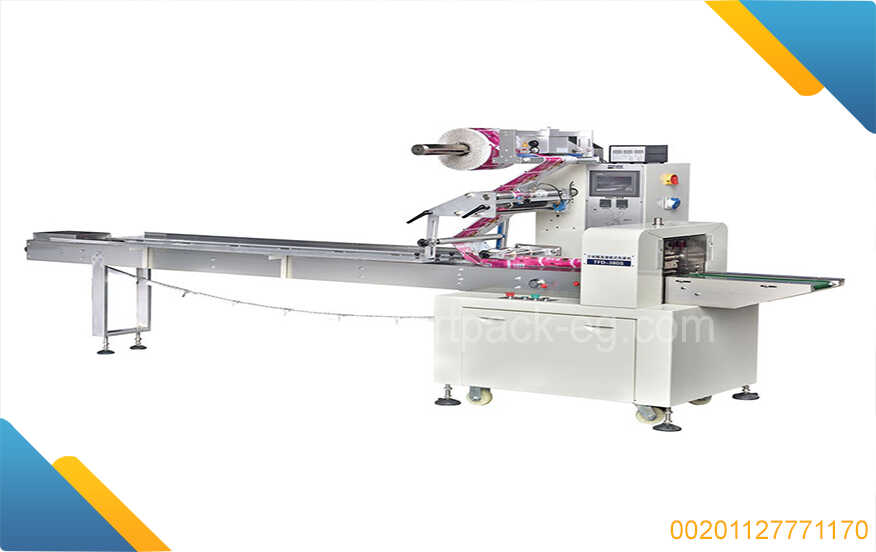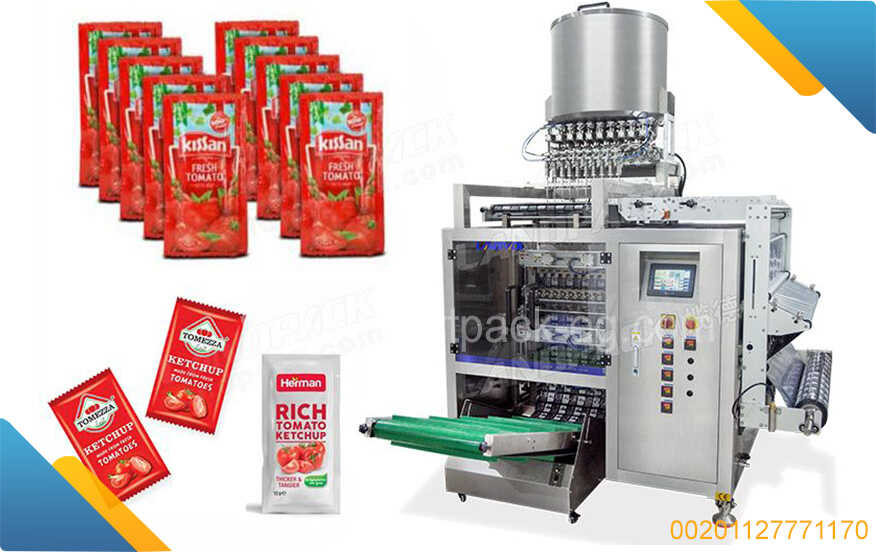How to Guide: Milk Collection, Packaging, and Marketing Project
Introduction:
In this guide, I will walk you through the process of setting up a milk collection, packaging, and marketing project. This project will require careful planning and execution to ensure the highest level of quality and success. Whether you are a dairy farmer looking to expand your business or an entrepreneur entering the milk industry, this guide will provide you with valuable insights.
Step 1: Milk Collection
- Determine milk sources: Identify potential dairy farms or suppliers in your area that meet your quality standards and have a sufficient quantity of milk to supply.
- Set quality standards: Establish criteria for the milk to be collected, such as fat content, hygiene, and freshness.
- Establish collection points: Determine strategic locations for milk collection depots or establish partnerships with existing dairy farms for direct collection.
- Procure necessary equipment: Purchase milk cans, cooling tanks, and transportation vehicles suited for safe milk transportation.
- Train collection staff: Educate your collection staff on hygienic milk handling practices and safety protocols.
Step 2: Packaging
- Choose packaging materials: Select food-grade packaging materials that maintain milk quality, prevent contamination, and have an attractive design.
- Determine packaging sizes: Consider market demand and consumer preferences to determine appropriate packaging sizes such as cartons, bottles, or pouches.
- Invest in filling machines: Purchase filling machines that ensure accurate measurement of milk for efficient and consistent packaging.
- Labeling requirements: Comply with labeling regulations by including essential information such as nutritional facts, expiry dates, batch numbers, and your company's logo.
Step 3: Marketing
- Branding and positioning: Develop a unique brand identity that differentiates your milk products from competitors. Clearly communicate the benefits of consuming your milk, such as high quality, freshness, or nutritional value.
- Packaging design: Invest in appealing packaging designs that grab customers' attention and communicate the quality and purity of your product.
- Target market analysis: Identify your target market, including demographics, preferences, and buying behavior. Tailor your marketing strategies accordingly.
- Distribution channels: Establish partnerships with supermarkets, grocery stores, or local retailers for wider distribution. Consider online platforms for direct-to-consumer sales.
- Advertising and promotions: Utilize various marketing channels including social media, print media, television, and radio to promote your milk products. Offer promotional deals or discounts to attract customers.
Conclusion:
By following this guide meticulously, you can successfully set up a milk collection, packaging, and marketing project. Remember to prioritize quality standards throughout the process to ensure customer satisfaction. Monitor market trends and consumer feedback regularly to adapt and improve your project. Good luck with your milk venture!

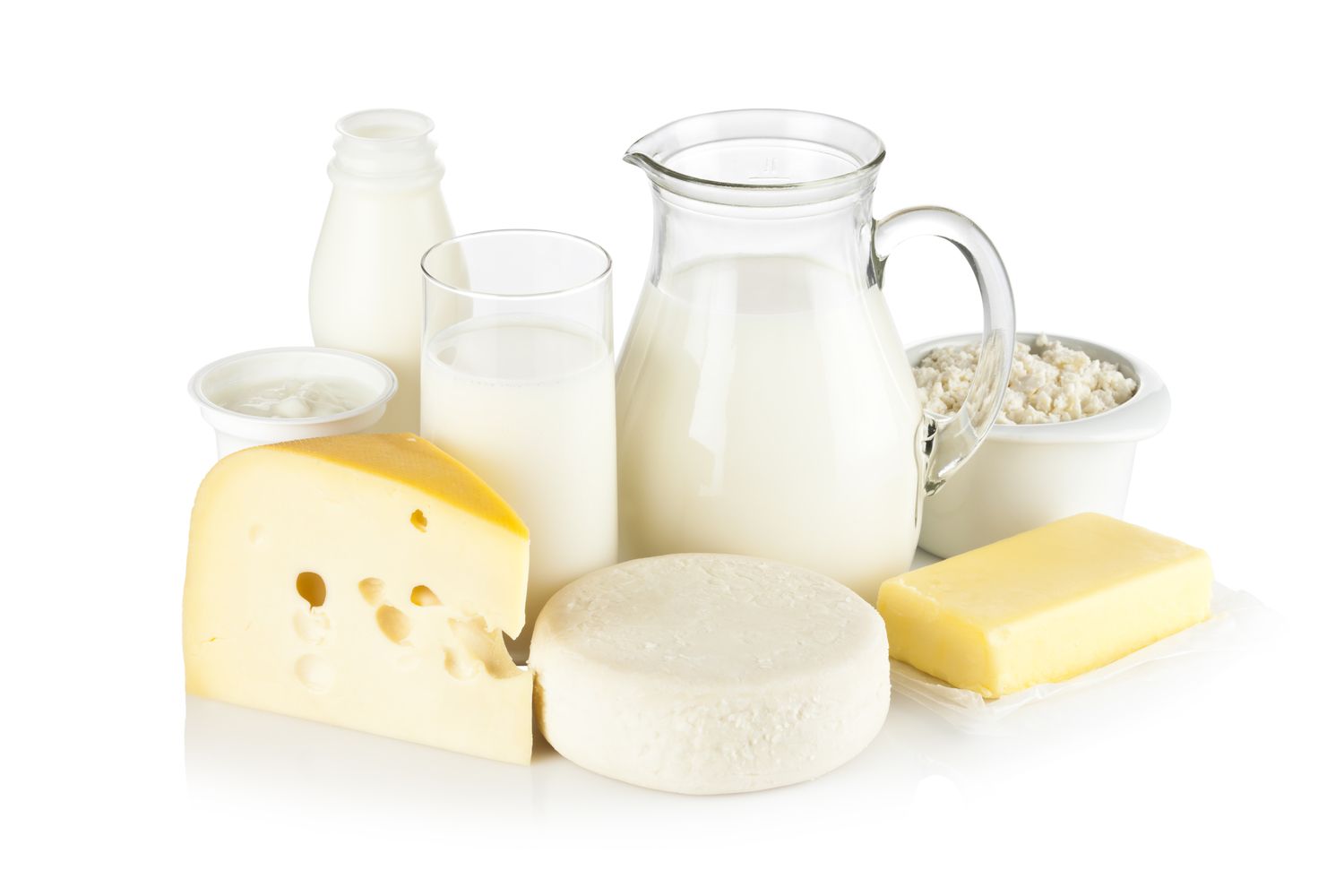
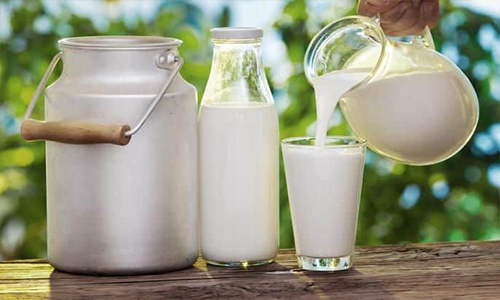
 Admin
Admin 